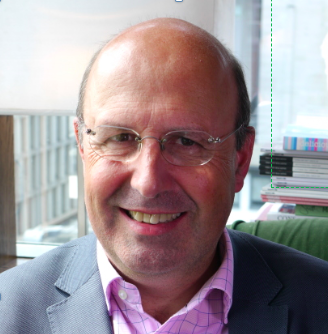You can sign up to our LinkedIn newsletter here.
Finding Love: Part One – Loving What You Do
In your corporate life, you may have found yourself in fantastic teams, relishing the experience immensely. It was incredibly thrilling and enjoyable. Conversely, there may have been times during your career when the individuals around you, including those to whom you reported, exhibited the most negative traits associated with corporate narcissists or psychopaths.
When you leave the corporate world, you have significantly more choices, allowing you to ensure that you love whom you work for. If you wish to adore your employer, it’s essential to understand what type of organisation is most likely to have individuals you would enjoy working alongside. As you create opportunities with those organisations, you can fully assess whether the people you will be collaborating with are ones you would genuinely enjoy working with.
So, how might you go about it?
The first step is to define clearly the niche you wish to pursue at the outset of your Portfolio Executive journey. When I discuss this with the individuals I collaborate with, I often find that they focus on where they believe they can find work, rather than considering the environment they would prefer to work in and the kind of people they would enjoy working alongside.
Follow your Desire, not Convenience
For example, suppose you believe the easiest place to find work is in scale-up businesses, but you’ve found that you don’t enjoy working in that environment. In that case, it may be wiser to choose a different type of business—one where you’re more likely to value your employer. This ensures that you’re in an environment that suits you and where you’re more likely to find satisfaction in your relationships.
I reached a point in my working life where I was desperate for income. I had a six-figure job offer with a contract to sign from an international technology consulting organisation that was seeking to scale it’s business consulting offer. A number of my former colleagues were working there. It would have been very convenient to take the job. But I knew I couldn’t love working there, and I couldn’t love working with the senior management and I couldn’t love working with their clients.
At the same time, a nearshore software development services scale-up had been discussing possibilities with me for a couple of years. I had huge respect for the leadership. I believed in the mission of the organisation. I loved the opportunity to build from small beginnings. I loved the team which was developing in Eastern Europe. But there was no job offer on the table.
I followed desire, not convenience and started an eight-day-per-month fractional executive role, which I have never regretted.
Look before you Leap
In the opportunity development phase, as you seek to convert a client, a vital step is undertaking a brief piece of work. This diagnostic will provide the client with a roadmap illustrating how your engagement with them will deliver value over time. I recommend executing this as fixed-price work lasting a couple of weeks but requiring only two or three days of your effort. This approach allows you to engage with all the key stakeholders within the business, understand the culture, and observe the behaviours of various individuals.
This is the best opportunity to assess whether you will enjoy working with your future colleagues. If, after completing this diagnostic, you find individuals in that team with whom you would prefer not to collaborate, it may not be the right client for you. In such circumstances, you can reject the opportunity.
Move on When the Relationship is Stale
However, another stage emerges in a client relationship when you have been involved for some time and have lost the ability to appreciate whom you are working with. At that point, the temptation is to stay and endure the situation rather than acknowledge that the relationship may need to end. Yet, in reality, letting go of the relationship might be the best option—not just for you but for the client as well.
I refer to this as “sacking clients.” I encourage those I work with to be prepared to part ways with a client, regardless of how valuable they may appear, as life is too short to associate with individuals one no longer wishes to engage. With a diverse portfolio of clients, it becomes practical to let one go. You can replace that income, whether it accounts for a fifth or a quarter of your total earnings, within a few months instead of feeling trapped or desperate. This is very different from resigning from an employer and facing the risk of having no income for several months.
Renewing the Relationship so it Thrives
Over the years, I have become increasingly aware that a client relationship often requires reshaping or renegotiation. If you are perceptive, you will renegotiate the relationship before it declines. This may necessitate stepping into a non-executive board position or transitioning from an executive role to mentoring your successor—someone who will take on a full-time position. These strategies can help you maintain the relationship without jeopardising it.
So, remain aware of the opportunity to release clients. That is one advantage of the Portfolio Executive’s working style.
Conclusion
If you wish to love those you work for, you must be intentional about your niche, explore client relationships before fully committing, and be ready to let go of or restructure those relationships when you no longer feel a connection with them.
Finding Love: Part Three – Loving Why You Do It

Charles McLachlan is the founder of FuturePerfect and on a mission to transform the future of work and business. The Portfolio Executive programme is a new initiative to help executives build a sustainable and impactful second-half-career. Creating an alternative future takes imagination, design, organisation and many other thinking skills. Charles is happy to lend them to you.
